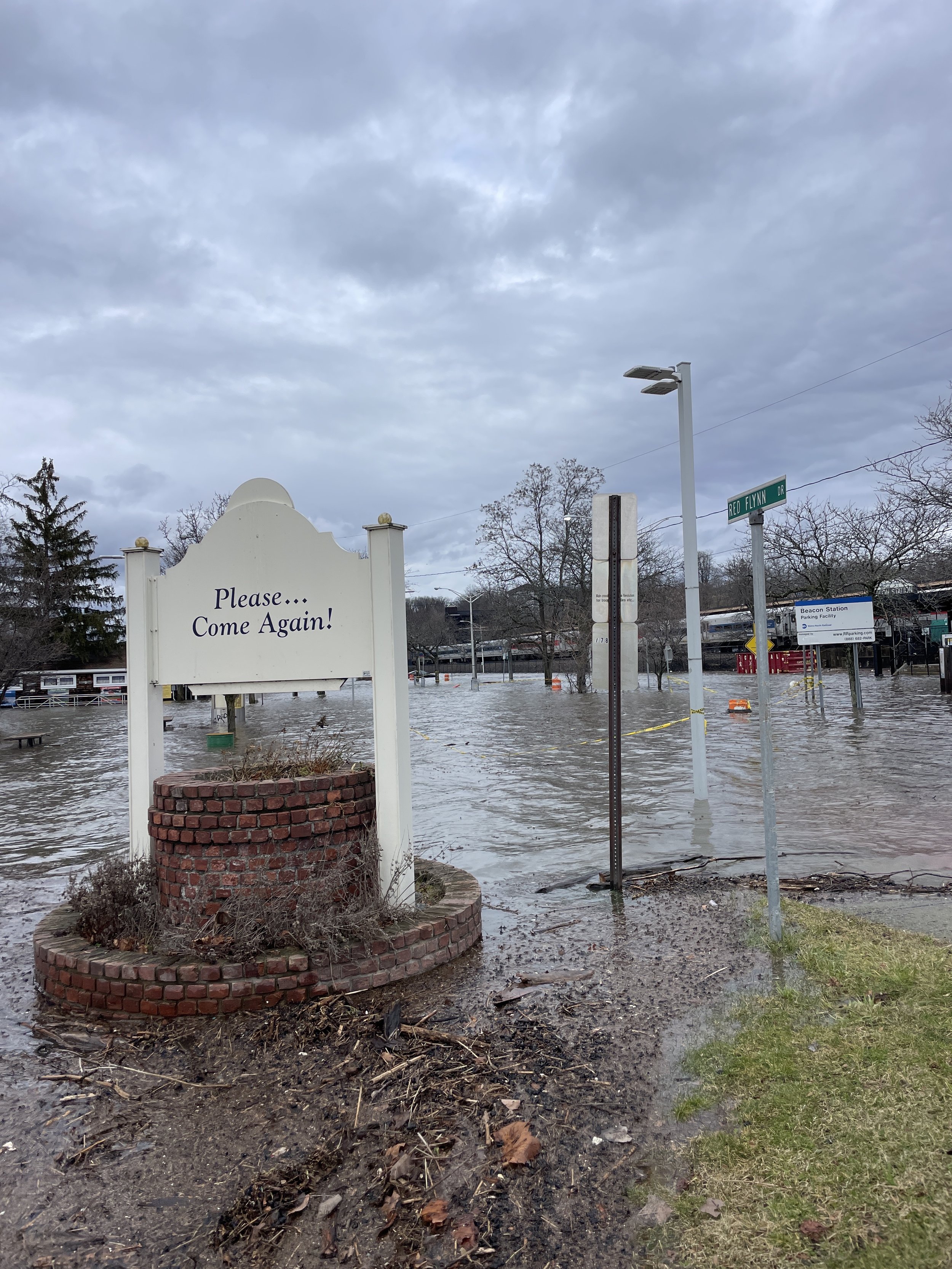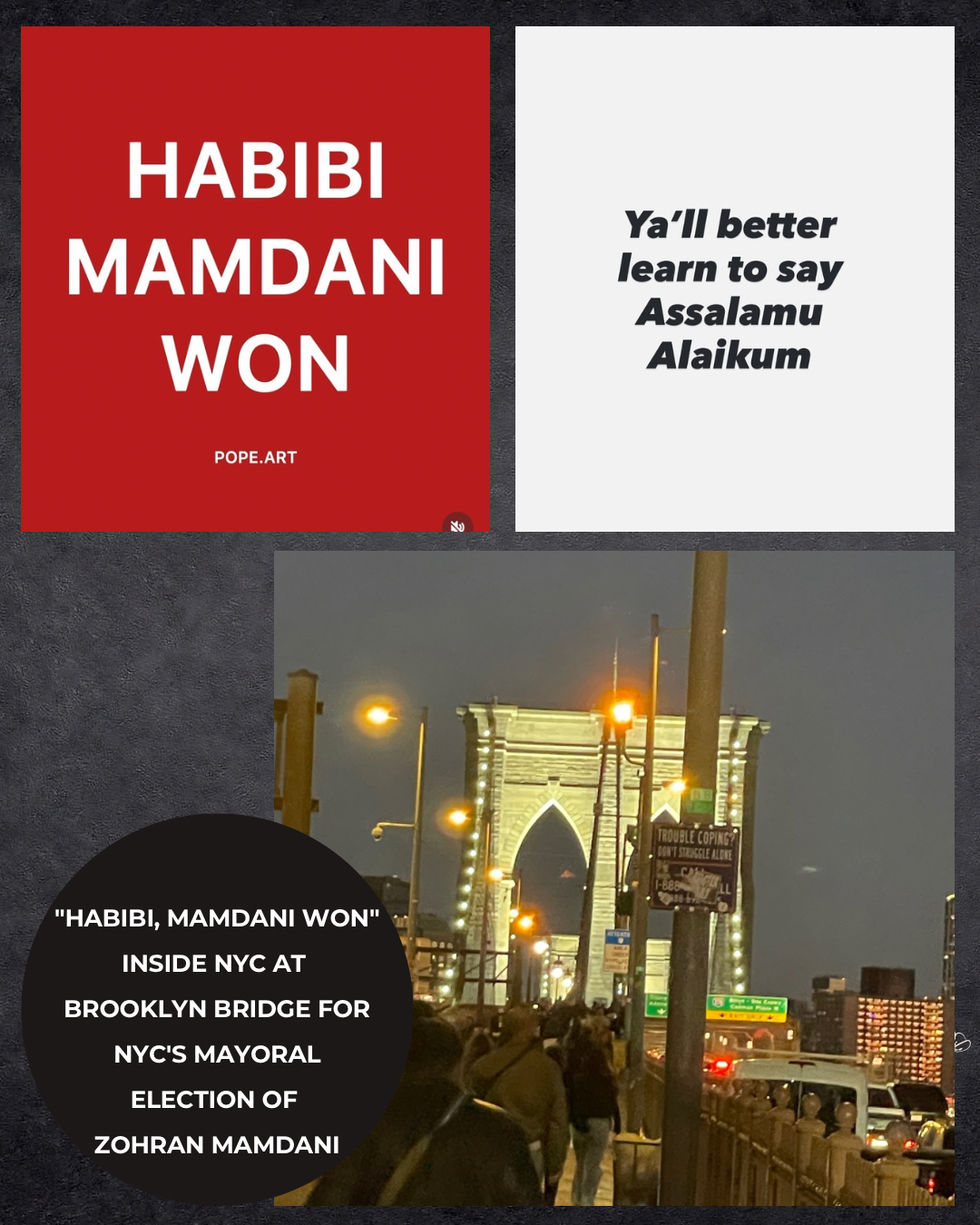Opening the mail can be stressful. Like a box of chocolate, you never know what you’re going to get. While our Post Office service is still functioning, there are times when surprise checks of $50 might show up for you, no strings attached. A check in the amount of $40-$50 may be in your mailbox in an otherwise unmarked envelope from “Settlement Distributions” in California. Open it. Cash it. The check expires in July 2025, so don’t delay.
This is a check addressed to you if you stayed in the discounted Community Choice Aggregation (CCA) electricity program the City of Beacon contracted into on your behalf that left everyone confused but with generally lower electricity bills from a green energy source called Columbia Utilities Power. Community Choice Aggregation (CCA) is defined here.
In order to offer this discount, New York State required that municipalities needed to create a law to do so. Therefore, the City of Beacon passed their law in 2017.
Skepticism of the program was high. One of Beacon’s current City Councilmembers, Jeffrey (Jeff) Domanski, was integral to bringing Beacon into this arrangement. This term was Councilperson Jeff’s first time holding the office, and he is not seeking re-election (he ran uncontested, as did all of the Councilmembers).
However, participants in the CCA program “collectively saved in excess of $8 million through the program’s fixed electricity supply rate since program renewal in July 2021 -- a savings of between $300-400 for the average household. In addition to savings, the program’s 100% NYS renewable supply has significantly reduced the community’s carbon footprint and advanced the State’s clean energy goals,” said Hudson Valley Community Power in a press release after Columbia backed out of their contract.
The Highlands Current reported the savings this way: “Columbia’s withdrawal meant that residents and businesses who didn’t earlier opt out of the program were transferred back to Central Hudson, where the price for electricity fluctuated from less than $.05 cents per kilowatt-hour in June, to $.17 cents per kilowatt-hour in October.”
On the other hand, the CCA per kilowatt-hour rate was fixed, and did not change.
Later, when Columbia Utility Power, stopped providing the discounted kilowatt hours of green electricity in the CCA program, a lawsuit was brought against them by the Town of Saugerties, Town of New Paltz, Village of New Paltz, City of Beacon, Town of Clinton, Town of Marbletown, City of Poughkeepsie, and Town of Red Hook (collectively known as the "Municipalities" according to the court document obtained by Times Union), Fred Costello, Mayor Tim Rogers of New Paltz, and Joule Assets, Inc. (the management company of the CCA energy program). In an Instagram post, Mayor Tim Rogers said: “The NYS Public Service Commission also intervened in support of the collective action against Columbia.”
The New York State Public Service Commission (NYSPSC) explained: “In 2021, Columbia Utilities Power, LLC, an ESCO, entered into multiple electricity supply contracts with 10 municipalities located in the Hudson Valley — the cities of Beacon and Poughkeepsie, the towns of Clinton, Marbletown, Philipstown, New Paltz, Red Hook, and Saugerties, and the villages of Cold Spring and New Paltz — to support a Community Choice Aggregation (CCA) plan sponsored by Joule Assets, Inc. as the CCA administrator.”
Joule contracted with the non-profit to communicate how this would work via an implementation plan. That non-profit was Hudson Valley Energy, which Beacon Councilmember Jeff said he started in 2018 in an ALBB article, In his LinkedIn, he is listed as Executive Director from 2018-2023, before he was a Councilmember in Beacon. Hudson Valley Energy’s website is now gone. Councilmember Jeff was sworn into his Beacon position in January 2024.
NYSPSC continued: “The electricity supply agreements contractually obligated Columbia to provide a fixed price per kilowatt-hour for participating customers within the municipalities for a three-year term: July 1, 2021 to June 30, 2024.”
NYSPSC described the settlement: “As a result of this legal action, Columbia will pay a total of $1.5 million into a settlement fund that, after the deduction of expenses, will be used for the benefit of affected ratepayers. In exchange for this settlement payment, the Commission and the other parties would agree to resolve all regulatory enforcement actions related to Columbia’s participating in and conduct relating to the CCA program. As a result of this settlement, approximately 25,000 utility customers in the Hudson Valley will share in the financial settlement with Columbia. The payout will range from $40-$50 per affected customer after legal fees.”
Reported by Times Union: “In July 2022, the New York Independent System Operator — the nonprofit tasked with operating and managing New York’s power grid — terminated Columbia’s rights to participate in the state’s market as a result of Columbia’s failure to post approximately $3.5 million in collateral to comply with NYISO’s creditworthiness requirements. Columbia’s customers reverted to Central Hudson at a higher rate, according to the PSC’s release.”
A few months before Columbia was accused of failing to post collateral, Russia bombed Uraine in February 2022, starting the Ukraine war.
“Columbia, which has headquarters in Brooklyn, remains in business in New York State after the settlement. The company has denied that it committed any violation of law or of its contractual obligations, or that it committed any of the wrongful acts alleged in the lawsuit,” the Times Union reported.
Beacon Won’t Join SEcond Chance At The CCA Program
The CCA program has risen again. Returning to be managed again by Joules Assets under Hudson Valley Community Power. This time there are 12 municipalities signed on, but the City of Beacon opted to not. Beacon’s City Administrator Chris White told the Highlands Current that he “received many complaints from residents upset that the city had joined the CCA on their behalf.”
City Administrator Chris also told the newspaper that “city officials were unsure whether the company would be able to find a fixed-rate supplier who could beat Central Hudson’s variable rate, given ongoing global instability.”
The 12 municipalities who signed on to this second version of the CCA opted for the fixed rate renewable electricity supply options as their default electricity supply, Hudson Valley Community Power said. They confirmed that the electricity supply will come from Direct Energy Services, LLC.
The rates for residential and small commercial are:
HVCP 100% NYS Renewable Fixed Rate: $0.12240 per kWh
HVCP 50/50 Blend (NYS & National) Fixed Rate: $0.11240 per kWh
HVCP Standard Fixed Rate: $0.09870 per kWh
The City of Beacon could possibly join the CCA program again to be a 13th municipality if Beacon feels that residents changed their minds and wanted the savings back. The savings was clear.
Residents would need to email their Ward Councilmember and City Administrator Chris White to tell them that they want the City of Beacon to join the CCA program again to lock them into the low fixed electricity rate that is made possible by the bulk purchasing power of the 12 other municipalities.




































































